10 Things in Your House That Are Raising Your Energy Bill

Is your energy bill mysteriously climbing higher each month? The culprit might be hiding in plain sight—right inside your home. From sneaky appliances that silently sip power to everyday habits draining dollars, your house could be working against your wallet without you even realizing it. But don’t worry—once you know what to look for, trimming your utility costs becomes a whole lot easier. This list exposes the top household energy offenders that quietly inflate your bill. With just a few smart adjustments, you can start saving money and boost your home’s efficiency without sacrificing comfort or convenience. Let’s dig in.
1. Phantom Power from Devices
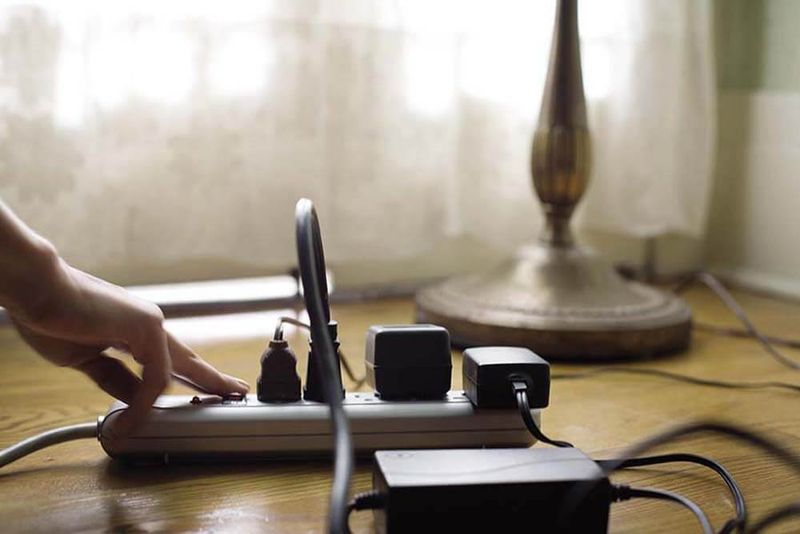
Those innocent-looking electronics around your home are secretly sipping electricity even when you think they’re off. TVs, gaming consoles, and phone chargers continue drawing power in standby mode, creating what experts call ‘phantom load.’
The average home has 40 devices constantly drawing power, adding up to 10% of your monthly bill for literally nothing! Smart power strips can help by completely cutting power to devices when they’re not in use.
Unplugging items like coffee makers, toasters, and chargers when not actively using them can save you $100-200 annually without changing your lifestyle.
2. Outdated Light Bulbs
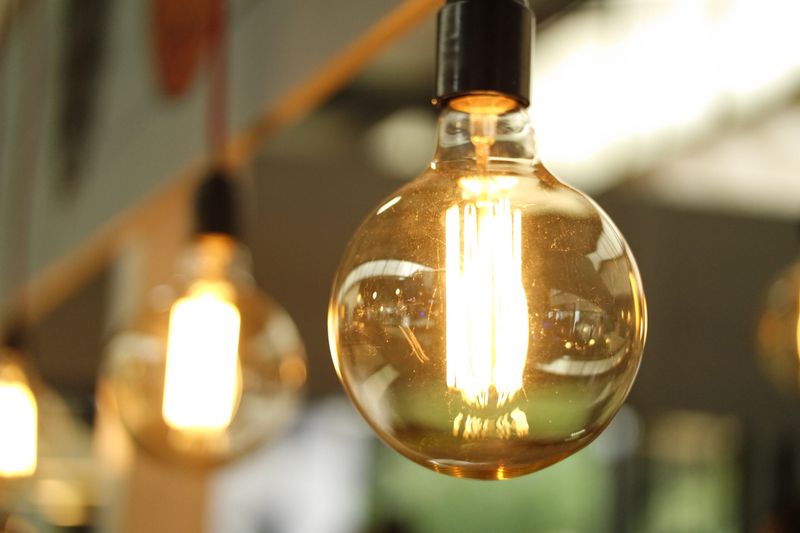
Traditional incandescent bulbs waste a shocking 90% of their energy as heat rather than light. They’re essentially tiny heaters that happen to glow! Making the switch to LED bulbs can slash your lighting costs by up to 75% immediately.
A single LED bulb can last 25 times longer than an incandescent one while using a fraction of the power. For a typical home with 40 light fixtures, changing to LEDs could save over $300 annually on your electric bill.
Many power companies even offer rebates or free LED bulbs to encourage the switch, making this one of the easiest energy-saving moves you can make.
3. Struggling HVAC Systems
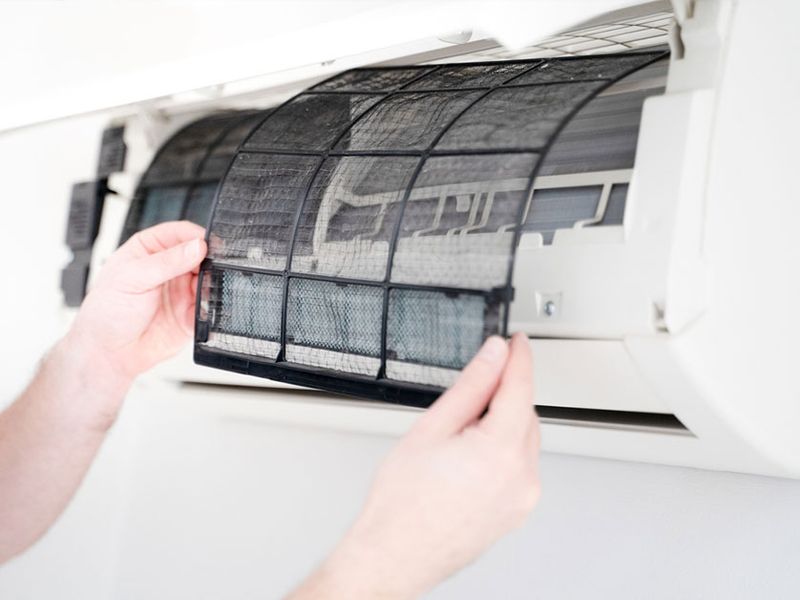
Your heating and cooling system works overtime when fighting against poor insulation, clogged filters, or extreme thermostat settings. A dirty filter can reduce airflow by up to 15%, forcing your system to run longer and harder to maintain temperature.
Most homeowners don’t realize that each degree below 78°F in summer or above 68°F in winter increases energy consumption by approximately 4-8%. Simply adjusting your thermostat by a few degrees can yield significant savings.
Regular maintenance makes a difference too – professional HVAC tune-ups can improve efficiency by up to 30%, potentially saving hundreds on annual heating and cooling costs.
4. Always-Hot Water Heaters
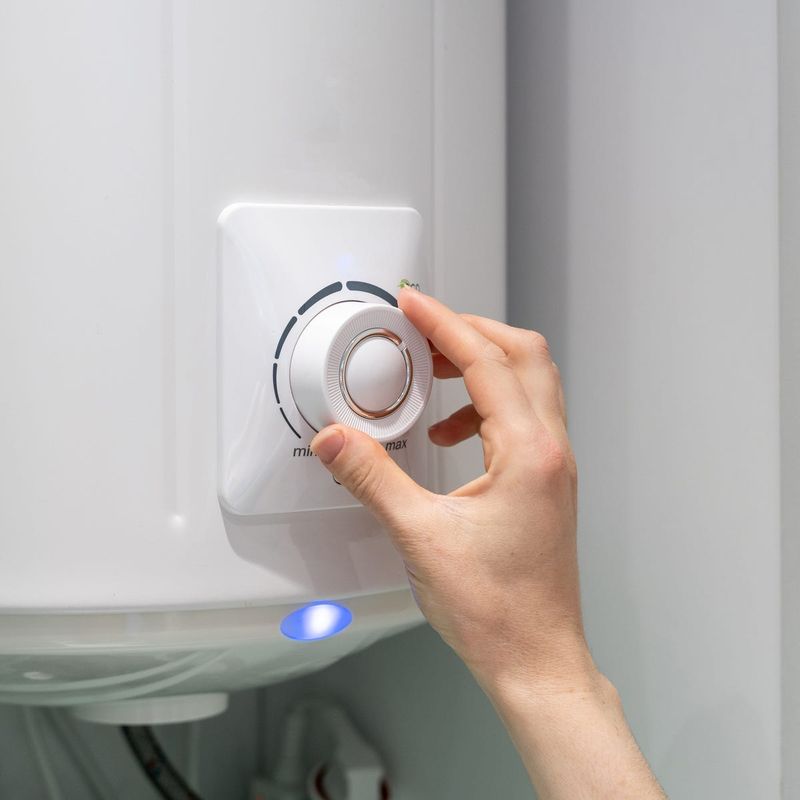
Your water heater silently consumes energy 24/7, maintaining hot water you might use for only an hour each day. This constant standby heating accounts for approximately 18% of the average home’s energy use.
Most manufacturers set water heaters at 140°F, but 120°F is perfectly adequate for most households. Each 10-degree reduction saves 3-5% on water heating costs while still providing comfortable hot water for showers and washing.
Adding an insulating blanket to older tanks can cut heat loss by 25-45%, while timers that turn off the heater during sleeping hours can further reduce unnecessary energy use when no one needs hot water.
5. Partially Filled Appliance Loads
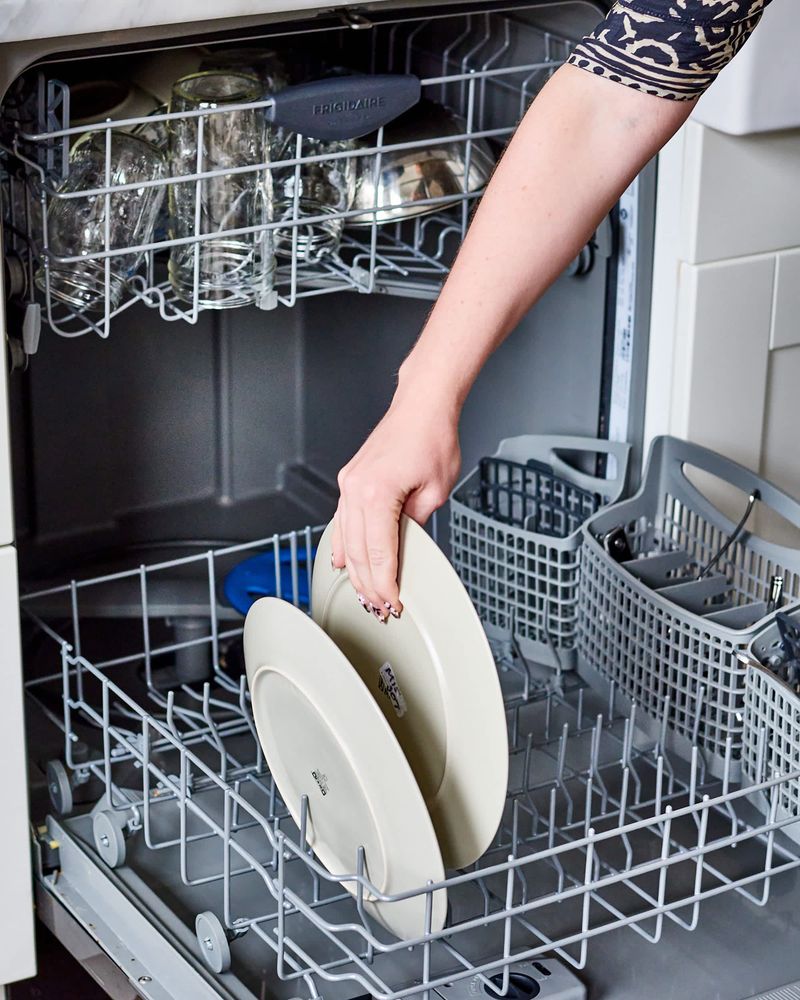
Running your washing machine or dishwasher before it’s full is like throwing money down the drain. These appliances use roughly the same amount of electricity and water regardless of how many items are inside.
Modern dishwashers actually use less water than hand-washing, but only when loaded efficiently. Waiting for a full load can reduce the number of cycles by 2-3 per week, saving up to 1,000 gallons of water annually.
Using cold water for laundry eliminates about 90% of the energy used per load since heating water accounts for most of the washing machine’s energy consumption. Your clothes will still get clean, and your wallet stays fuller.
6. Power-Hungry Cooking Methods
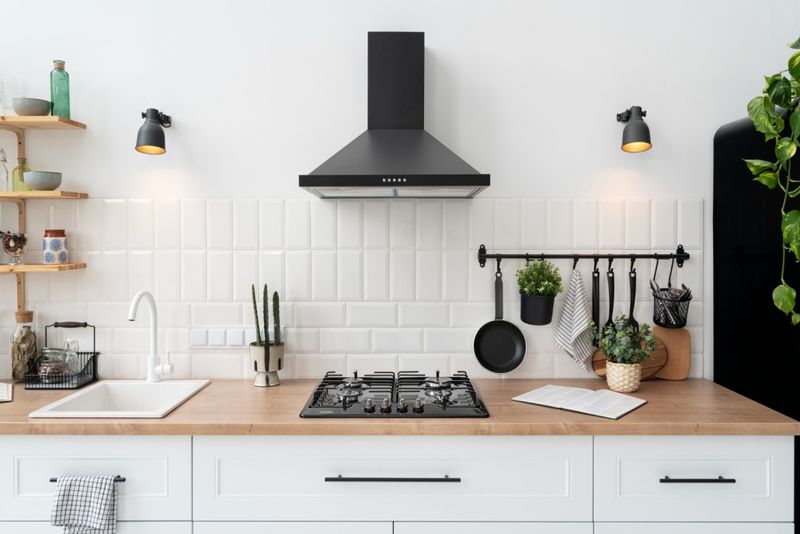
Firing up your full-sized oven to heat a single serving of food is like using a sledgehammer to hang a picture frame. A standard electric oven draws 2,000-5,000 watts while smaller appliances like toaster ovens use just 1,200-1,400 watts.
Microwaves are even more efficient, using about 80% less energy than conventional ovens. They cook food in about a quarter of the time too, making them perfect for small portions.
Pressure cookers and slow cookers are secret energy-saving heroes in the kitchen. They use minimal electricity while thoroughly cooking meals, with pressure cookers reducing cooking times by up to 70% compared to traditional stovetop methods.
7. Energy-Guzzling Refrigerators
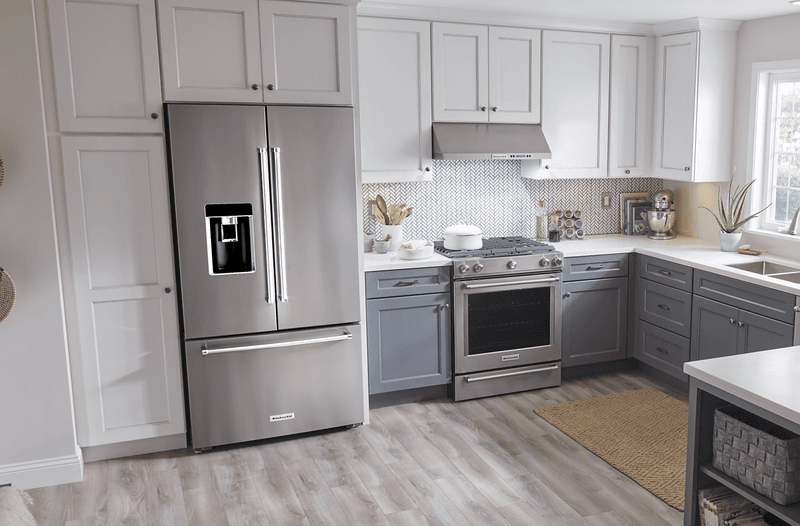
That trusty old fridge in your garage might be costing more than you think. Refrigerators older than 15 years can consume twice the electricity of modern ENERGY STAR models, silently adding $100-200 to your annual energy costs.
Overstuffing your fridge blocks air circulation, forcing the compressor to work harder. Conversely, nearly empty refrigerators waste energy cooling unused space. The ideal fridge is 70-80% full, allowing proper airflow while using thermal mass to maintain temperature.
Simple maintenance like cleaning the coils twice yearly can improve efficiency by up to 30%. Those dusty coils on the back or bottom of your fridge make the cooling system work much harder than necessary.
8. Idle Electronics in Standby
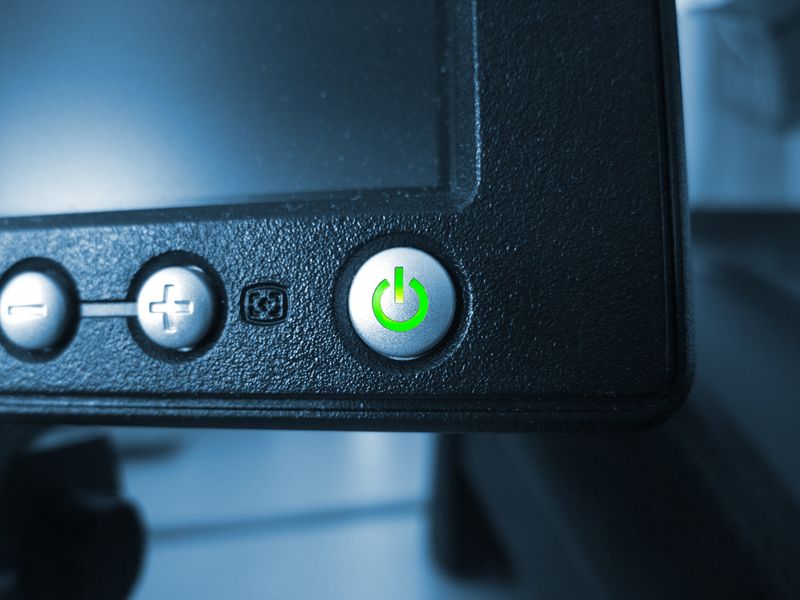
Gaming consoles left in rest mode can consume almost as much power as when actively playing games. A PlayStation 5 draws about 1.3-2 watts in standby compared to 180-200 watts during gameplay – small but significant when left idle for weeks.
Desktop computers are among the worst offenders, with high-performance models drawing 50-150 watts in idle mode. That’s enough to add $100+ to your annual energy bill if left on 24/7.
Cable boxes and DVRs are particularly power-hungry, often using nearly the same electricity whether you’re watching TV or not. A typical cable DVR consumes around 35 watts continuously, costing about $43 per year just to maintain program guides and recording capabilities.
9. Unnecessary Lighting Habits

The habit of leaving lights on in empty rooms might seem harmless, but it adds up quickly. A single 60-watt bulb left on for 8 hours daily costs about $21 annually – multiply that by several rooms, and you’re burning through serious cash.
Many homes underutilize natural daylight, keeping blinds closed and lights on even during bright days. Strategic furniture arrangement to maximize natural light can reduce daytime lighting needs by up to 60% in many homes.
Outdoor lighting is often overlooked as an energy drain. Decorative landscape lighting left on all night can add $100+ yearly to energy bills, while motion-sensor security lights provide protection while using 70-90% less electricity than constantly-on fixtures.
10. Hidden Air Leaks and Poor Insulation
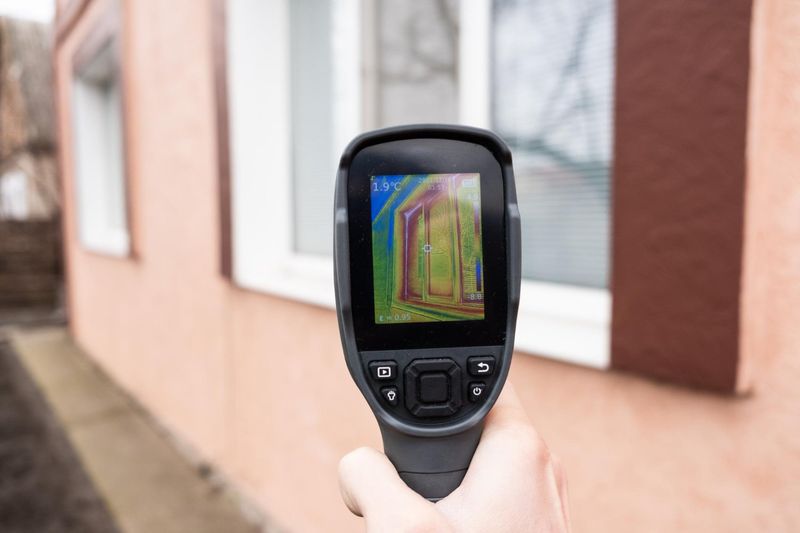
Your home might be hemorrhaging energy through invisible cracks and gaps. The average house with unsealed doors and windows leaks air equivalent to having a 3-foot square hole in the wall! These tiny leaks collectively force heating and cooling systems to work up to 30% harder.
Inadequate attic insulation is particularly costly since heat naturally rises in winter and hot air enters from above in summer. Adding proper insulation can slash heating costs by 15% and cooling costs by up to 25%.
Even electrical outlets on exterior walls can be significant sources of air leakage. Simple foam gaskets behind outlet covers can seal these overlooked energy drains, costing just $10-20 for a whole-house fix that improves comfort and efficiency.

Comments
Loading…